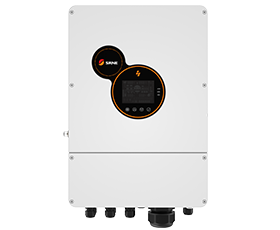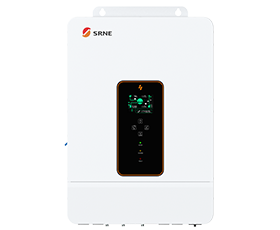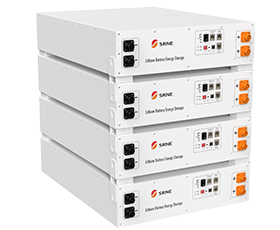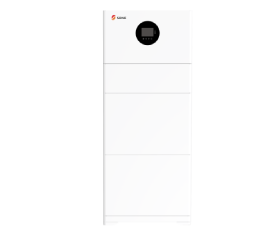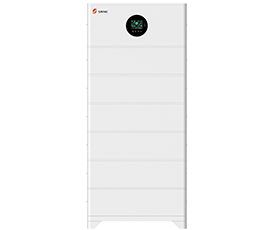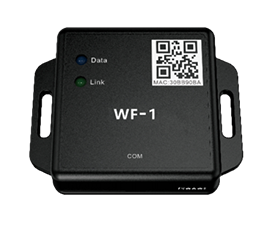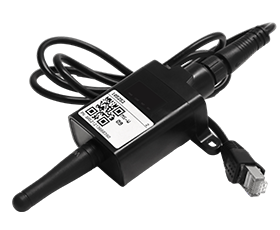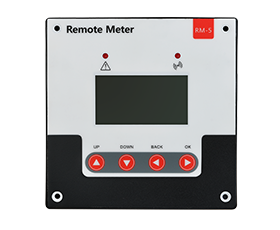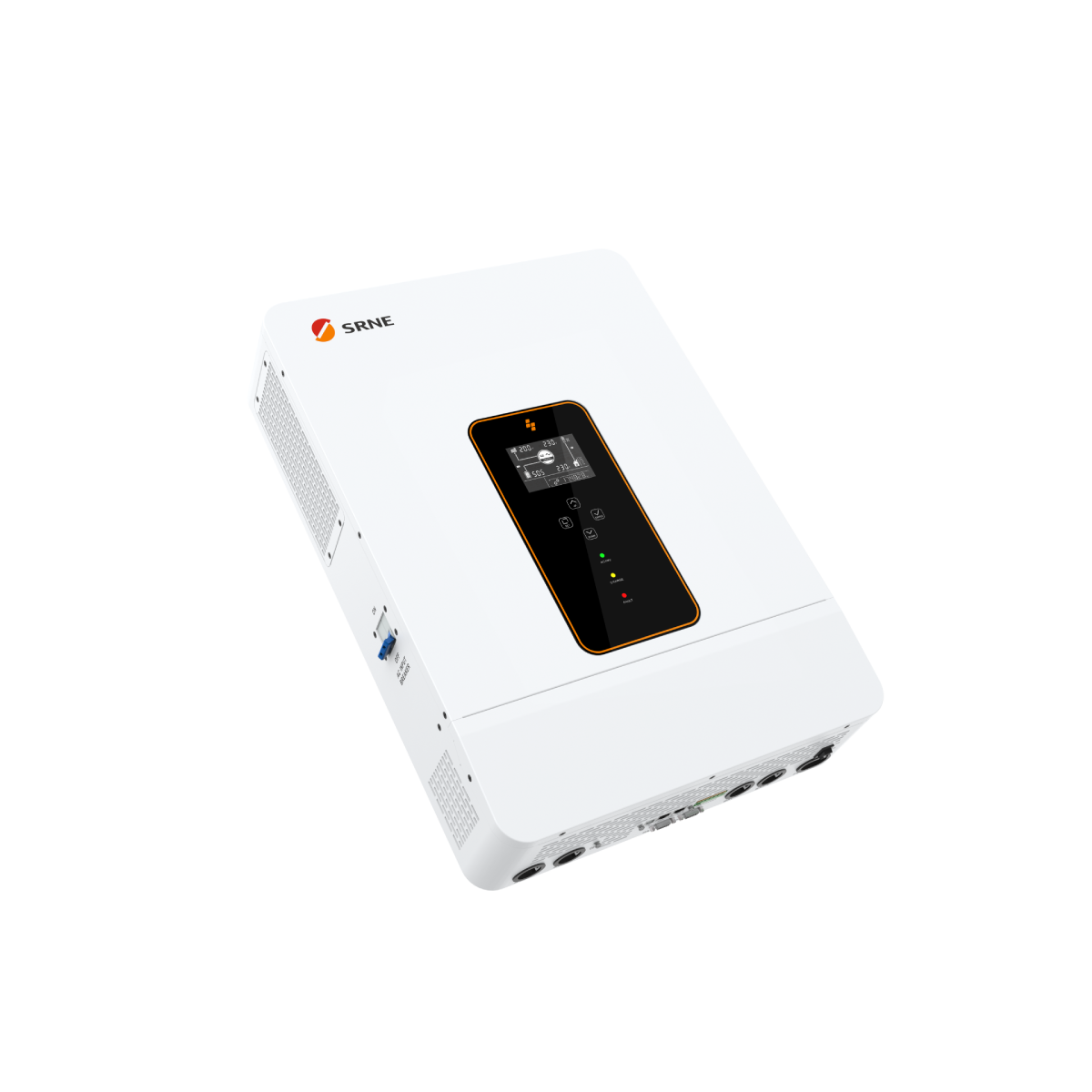Severe Weather's Affect on Solar Power Station
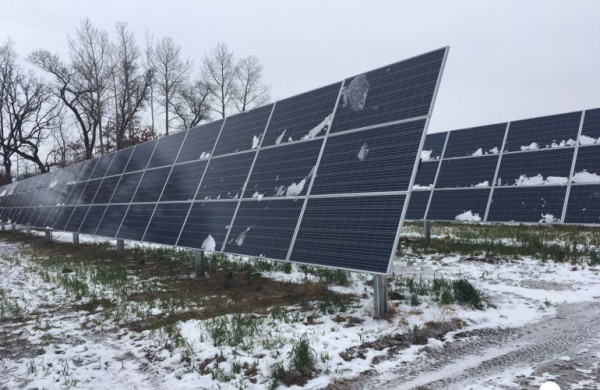
Hazy Weather
During the rainy days or hazy weather, the solar radiation will reduce. The solar power system will not work if its working voltage value can not reach the starting value of the inverter. When the solar power system cannot work, the utility grid will transport the electricity to the system. Therefore, there will be no power shortage nor power outage during the rainy days and hazy weather.
Lightning Strike
Install metal lightning protection conductors on tall buildings, including lightning rods, lightning belts and grounding devices, which can release the huge charges of thunderstorm clouds. All electrical equipment of the photovoltaic system cannot protect against direct lightning strikes.
The combiner box and inverter are equipped with lightning protection module, which can protect the solar power system from induction lightning strike. Generally, the lightning protection module is used in large-scale solar power station and the lightning protection device is used in household or small-size solar power station.
It is unnecessary to turn off the distributed solar power system in the normal when there is thunder and lighting because it is equipped with LPS (Lightning Protection System). When facing the strong thunderstorm, for the sake of safety, it is recommended to disconnect the DC switch of the inverter or combiner box and cut off the circuit connection with the photovoltaic module to avoid the danger caused by induction lightning strike.
The maintenance personnel should regularly inspect the LPS to ensure the normal operation of air termination, downlead and grounding system. Besides, they also need to inspect the performance of lightning protection module regularly, so that the device will not be damaged by the thunderstorm.
Rainstorm
If the solar power station is installed in a pitched roof, then you don’t need to worry about the affect of rainstorm. However, if the solar power station is installed in terrace roof, you’d better take drainage into consideration when designing the solar power station. If the bracket is installed in a low spot, the solar modules may be soaked when there is a heavy rain. Besides, do not directly touch the inverter, solar module and the cables. Remember to put on rubber gloves and rubber boots to avoid the electric shock.
Hailstone
The qualified solar power plant products purchased from large reliable manufacturers have all passed the impact test on solar modules, so the hail will not affect the solar modules. However, after the hailstone, it is necessary to carry out the daily inspection. If there is a significant drop in generated power capacity after the hailstone, the owner should promptly notify the manufacturer’s after-sales personnel for inspection.
When inspecting the solar modules, thermal imaging is generally used to find the heating part. The thread break detector is used to check the fault of the disconnection part and the bypass diode. If there is a significant drop in generated power capacity after the solar module is hit by the hail, the owner should promptly notify the maintenance personnel to inspect the solar power system. The solar module can be returned to the original factory for inspection in order to change the damaged part in time.
What should the users consider when designing and installing the solar power station?
1. Designing
Choose a suitable spot for solar power station. If the station is installed in the roof, you need to take roof load, wind pressure, snow pressure and earthquake load into consideration. You may refer to the building structure load specification.
2. Installation
You should take the installation seriously. The orientation of solar power station should be south, so that it can absorb more solar energy. Theoretically, the solar panel angle is equal to or close to local latitude. The arrangement and spacing of solar panels depend on the local sunlight condition and the size of the roof structure. Besides, you are supposed to choose the high-quality equipment in order to extend the service life of solar power station.
To conclude, to ensure the normal operation of solar power station under continuous severe weather, you should design and install the station according to the design standards, so as to prevent the solar power station from being damaged. Therefore, the solar power station can easily survive the rainy season and operate steadily and safely.





















